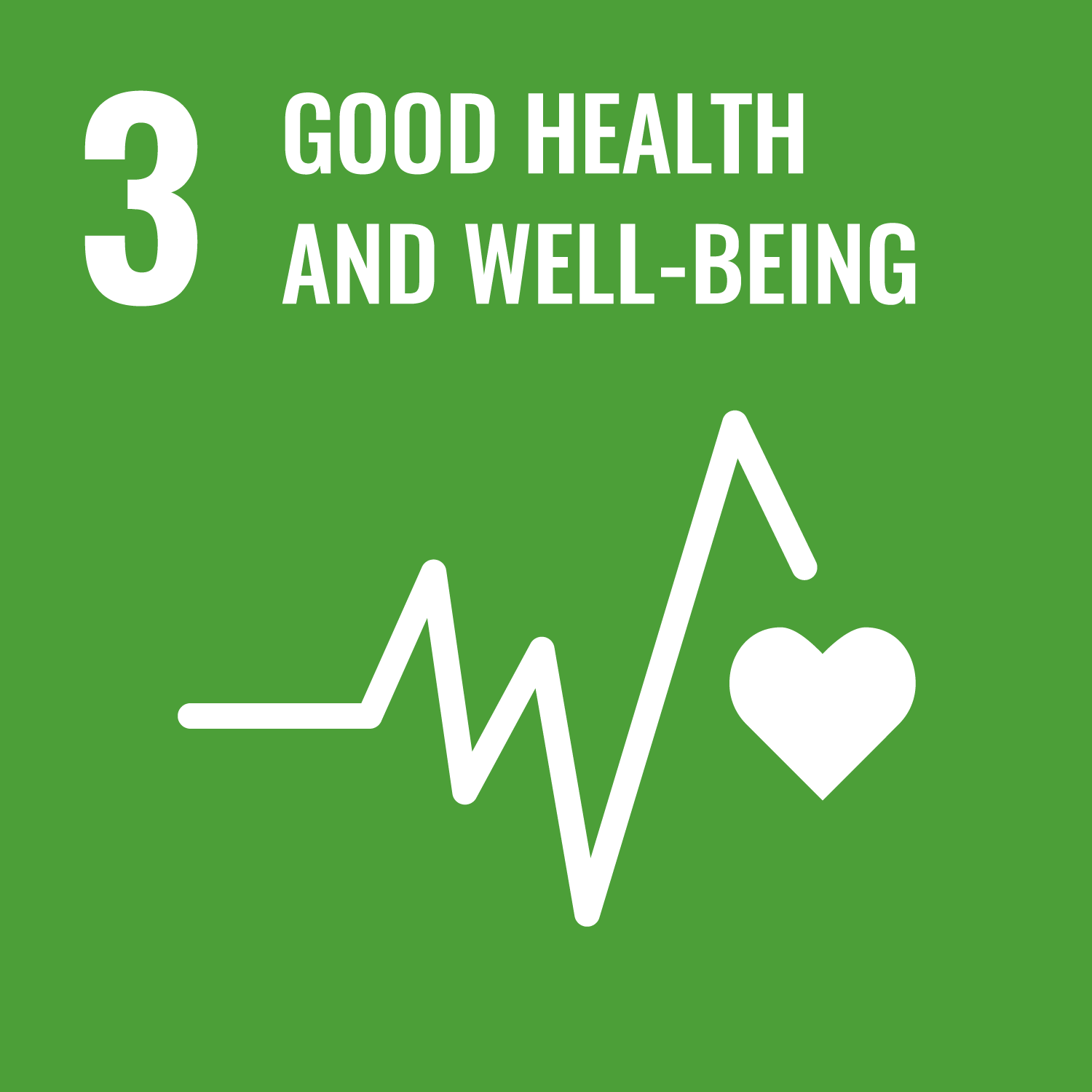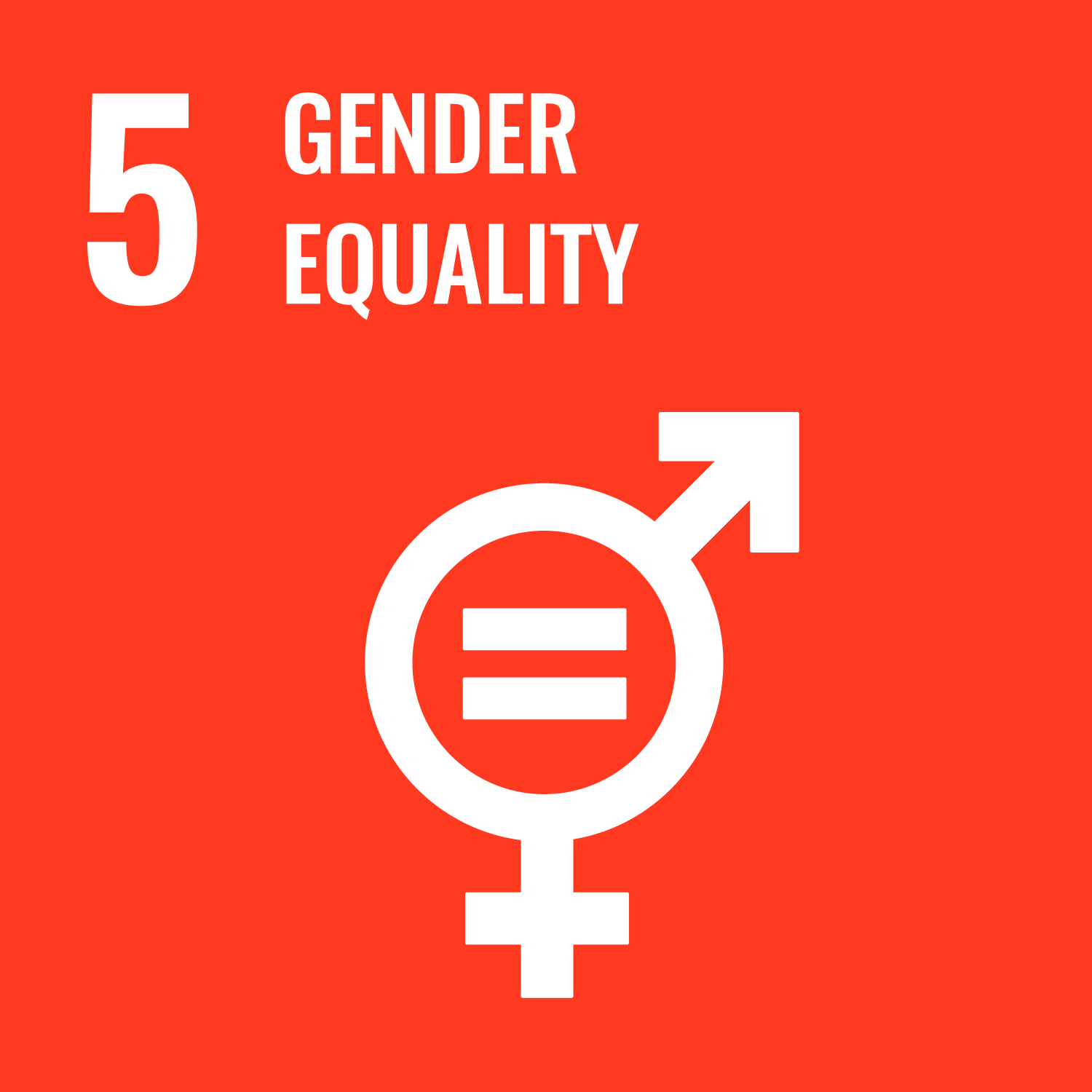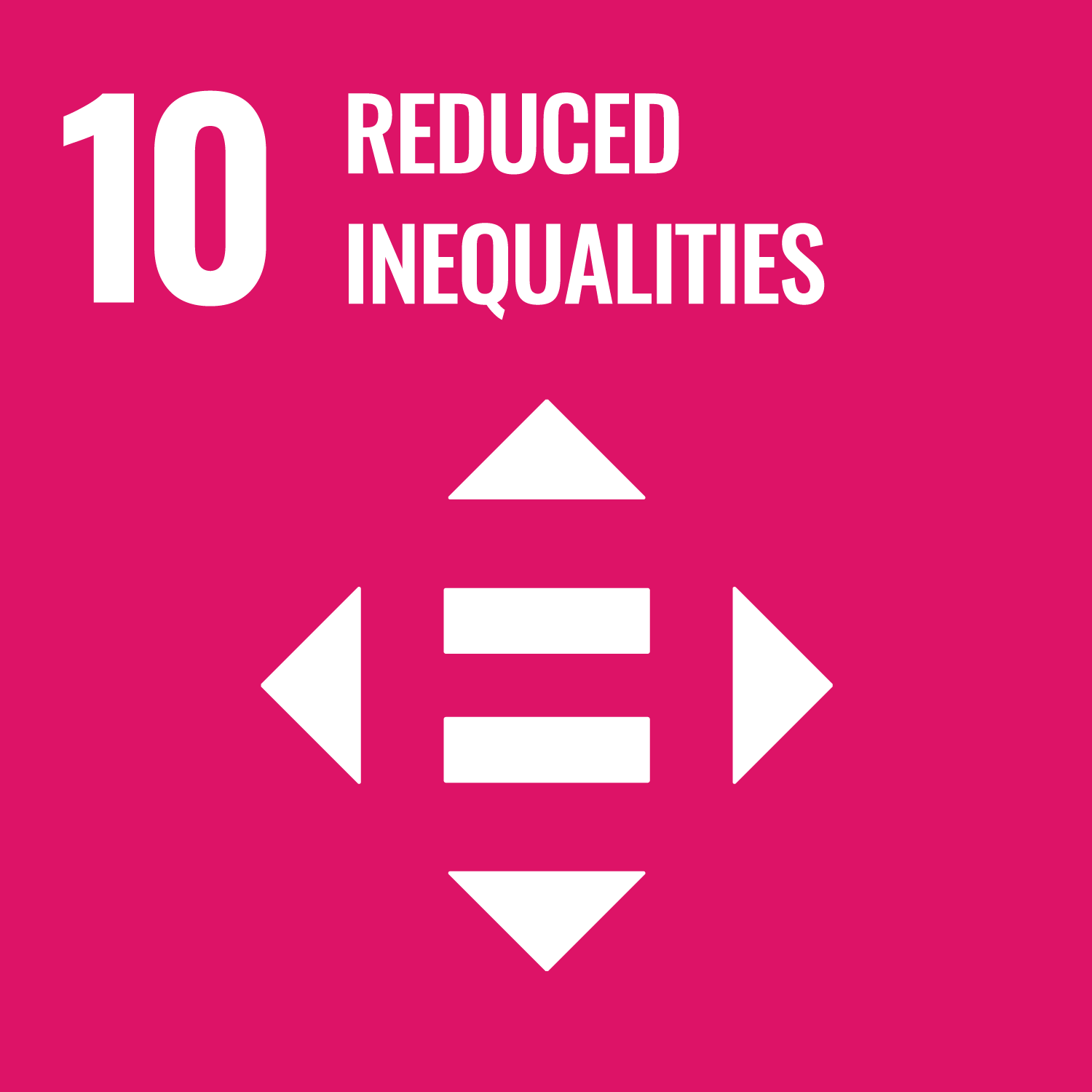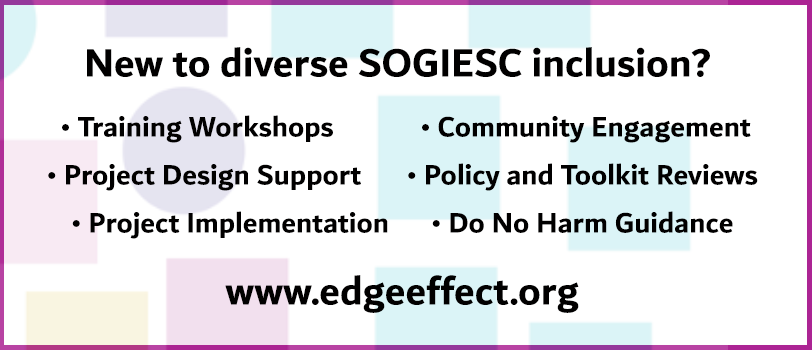Esan Regmi (he/him) is an intersex activist working with Campaign for Change in Kathmandu, Nepal. Campaign for Change is Nepal’s first and only organisation led by and for intersex people. Esan Regmi is the co-founder and executive director of Campaign for Change.
As an intersex person, why is intersex awareness important to you?
LGBTIQ is an umbrella term for people who fall outside the binary of sex and gender norms. Their unity is based on the common life experience they share and also their desire to address their invisibility and eliminate human rights violations, discrimination and inequality they have and continue to face.
Having said so, not all intersex people like being clubbed into one category, as they feel their life experiences have a varying degree of differences from other sexual minority groups, though their experiences of discrimination, isolation, shaming and bullying due to gender non-conformity might be comparable. Thus, the conflation of sexual orientation, gender identity, gender expression and intersex variation limits the scope of understanding and awareness of the unique challenges and difficulties of the intersex community.
Intersex is not a homogeneous classification as there are at least 40 different intersex variations known to science, and intersex people have different kinds of bodies as well as different identities and lived experiences. Intersex issues are extremely specific and require technical and medical knowledge. Ill-informed parents upon receiving advice from medical professionals decide for sex corrective surgery of intersex children without their consent in order to normalise the sex of the child, which can result in irreversible sex assignment and sterilisation. Thereby, the natural occurrence of their biological variation is seen as something to be “fixed”.
Furthermore, underlying intersex traits may be diagnosed prenatally via prenatal genetic screening or at birth, at puberty, or later in life, for example when attempting to conceive a child. Many a times children who undergo sex corrective surgery feel trapped inside the wrong body as they start understanding their sexual preferences and inclinations. Therefore, it might be apt to say that intersex people have diverse sex characteristics.
Despite the unique problems and challenges of Intersex individuals that require meticulous focus, they are clubbed together with LGBT community. There is no knowledge or information on intersex issues in Nepal.
How did you become an LGBTIQ+ activist?
As one of the most progressive countries in South Asia, there are some positive steps towards LGBT rights in Nepal. Nepal has mentioned the phrase ‘gender and sexual minority’ in the constitution in article 18 (right to equality) and in article 42 (social justice). The phrase ‘gender identity’ is mentioned in article 12 (citizenship ID).
However, in response to Intersex issues, there is no legal provision in Nepal on any rights towards Intersex. Many of them are not able to disclose their identity in Nepal as people presume that as biological born rather than sexual orientation. Further, due to fear of community backlash or fears of how it might influence one’s social status, the family may be hesitant to disclose their child’s identity. A major problem is their identification, stigma, discrimination, and the changes in their orientation at their tender ages, and certificates which are very important in Nepal for any kind of work. Disclosure creates additional stigma and discrimination in communities and society as there is no understanding of intersex issues in Nepal among the public. The community people think that it is the curse of past life and they are not aware of the existence of intersex people in normal life. The community is never aware and there are no organizations to advocate for the Intersex issues in Nepal.
As an intersex person, I have faced and continue to face discrimination and stigma. This has been happening since my puberty age from school, society, from service providers and from the state. These challenges give me the power to work towards social change for the intersex people. I try to change the mindset of the people at various levels of society including policy makers. Therefore, I started to share my experiences as an intersex person in different forums in 2011. In the beginning, I was not connected with other intersex people, so I did not know what exactly issues and challenges they have. A really supportive person within the mainstream LGBT organisation brought me into that mainstream LGBT organisation and encouraged me to raise intersex rights issues. At the same time,
I got the chance to attend big regional level LGBTI forums and intersex persons’ gathering as well. In 2016, I organised the 1st national intersex workshop to understand the issues from the ground level. I raised intersex issues on UN mechanism CRC in 2016 and CEDAW in 2018. These committee made concluding observation on Intersex issues but Nepal government really not consider to implement it. I am continuously working for the rights of intersex people in Nepal.
What inspires you to advocate for social change?
The problems that haunted me every day and challenges and issues faced by intersex people after having cases and consultations.
How long have you been involved in this work?
Since 2011 I have been working actively for the community in Nepal and outside.
What are some of the challenges you face in advocating for more inclusion of intersex people? (generally, or within the LGBTIQ+ movement)
We face critical problems such as:
- Lack of knowledge
- Lack of resources
- Discrimination within the mainstream LGBT organisations
- No legal recognition to intersex people
- Tokenism in LGBT organisation
- No social acceptance of intersex people.
Have you been involved in projects that focus on the inclusion of LGBTIQ+ people in humanitarian or development contexts? If so, what projects? What happened?
I have not been involved in any humanitarian or development project. In 2018 I got the chance to attend [the Pride in the Humanitarian System (PiTHS) Consultation, facilitated by Edge Effect] a humanitarian program in Bangkok. After that program, Family Planning Association Nepal (supported by IPPF and Australian Aid) organized a 1-day program: “WORKSHOP ON NATIONAL LEVEL CONSULTATION MEETING ON INCLUSION OF LGBTIQ IN DISASTER CONTEXT”, on 13th September, 2018 in Kathmandu. I was part of the program and a member as intersex representative. But after leaving the mainstream LGBT organisation I was removed and have no idea what happened afterward with this. During this COVID-19 pandemic, some CSOs are supporting LGBT people through their organisation but not Intersex people.
We have supported intersex people from Intersex Asia through our organisation, Campaign for Change, with limited money but out of necessity.
If there was one change that you would like to see for LGBTIQ+ people, especially intersex people, what would that change be?
There are many changes required for the community, but the priority would be respecting all diversities and end inequalities through inclusive policy.
What are ways humanitarian and development organisations can support the inclusion of intersex people?
We have very limited organisations in and around the world and we intersex human rights activists are working with very limited resources. Therefore, Intersex people should be included as much as possible in a participatory way, that is not tokenistic in their policies relating to humanitarian projects. Humanitarian and development organisations should treat us as an intersex organisation, not one more LGBT organisation. They must allocate funding opportunities for Intersex led organisation too. Humanitarian agencies should also consult with intersex-led organisations and intersex people to support and help intersex people on such kinds of disaster situations.
